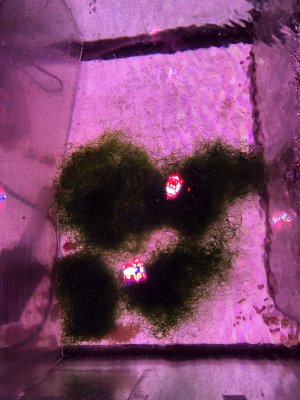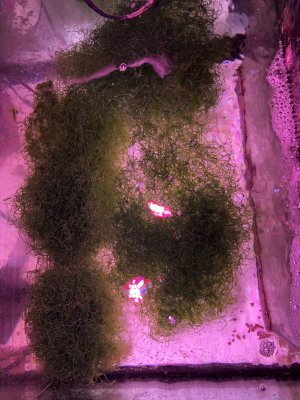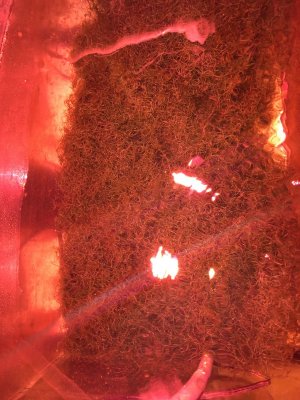Glad you are seeing improvement in the battle. Don't beat yourself up about the two corals; when the chemistry gets volatile it is sad but pretty unavoidable.
In my ostreopsis battle, ALK consumption collapsed entirely and I luckily caught it amidst the noise. Keeping steady nutrients was a complicating factor too.
In my ostreopsis battle, ALK consumption collapsed entirely and I luckily caught it amidst the noise. Keeping steady nutrients was a complicating factor too.





















